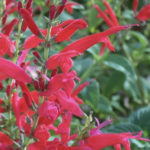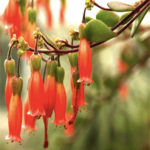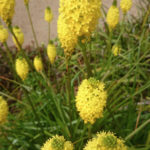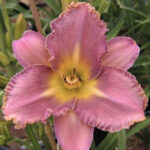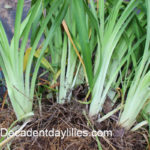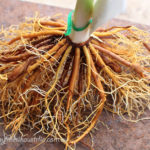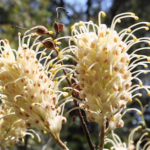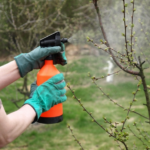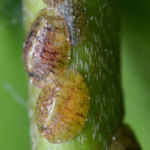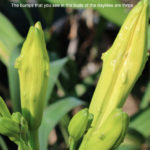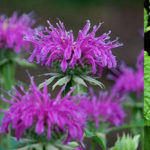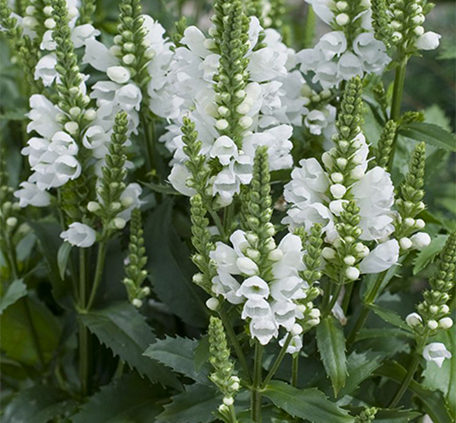
Obedient Plant – False Dragonhead
Obedient Plant All the Info You Need To Grow False Dragon Head
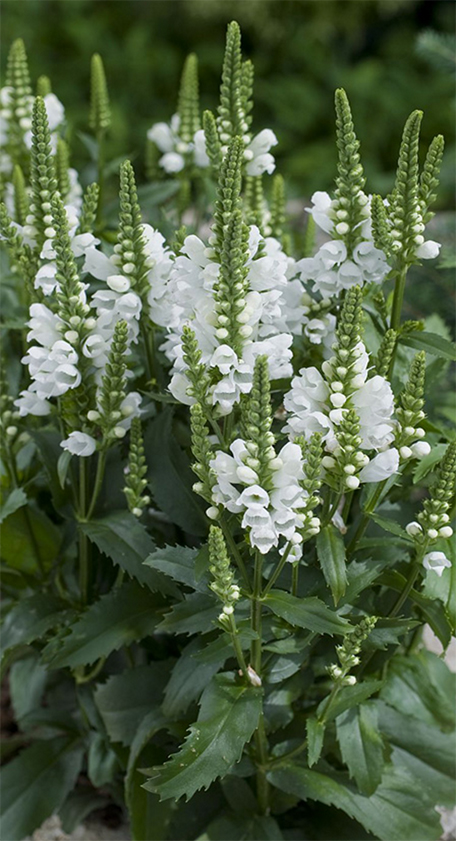 Introduction
Introduction
Obedient plant (physostegia virginiana) has a further everyday name false dragon head, a flowering plant native to North America, thereby belongs to the mint family Lamiaceae. It got the name obedient plant because when the flower is pushed to any side, it will remain in that position. They are a rhizomatous perennial plant which forms clumps. Obedient plant leaves are lance shaped and has toothed edges. The stem of the plant is square shaped like that of mint plants. The plant produces spikes of two lipped snapdragon like pink, purple or white flowers during summer. If you are looking for plants that can provide late-season flowers in the garden, you can opt for the obedient plant. Since they are strong plants and are extremely easy to grow and care for.
Growing Tips
This plant grows to a height of 2- 4 feet and prefers full or partial sun to light shade in hot weather seasons. They spread to a width of 1-2 feet at this height they may require staking.
- Plant attains robust growth and spreading when planted in fertile soil.
- The floppiness of the tall stems can be controlled by regular pruning.
- The plant requires medium moisture for proper growth and flowering. These high growing plants are highly tolerant to drought conditions.
- They prefer slightly acidic soil with a pH 5.5- 6.3
- This plant is a fast grower and can grow aggressively to be quite invasive.
- Easy to maintain and control in that their rhizome roots are shallow growing.
The bloom time is autumn and summer. These wildflowers are ideal for meadow gardens and cottage gardens where they will have plenty of room for their rhizomes to expand. The plant needs moderate maintenance. Once established the showy flowers can attract little birds to the garden. They can be used in the garden to create beds, borders and they also form a lasting cut flower. The best way to control the spreading of the obedient plant is to plant them in containers with drain holes at the bottom and placing them in the ground. Reducing fertiliser application also helps to control the wild spread of the plant.
Caring For Obedient Plant
Caring for Obedient plant is simple and does not need any special attention to produce flowers. You should consider planting them in bare areas in your garden where they can spread easily. Large plants require staking. As the individual plants mature, they will start to thin out in the centre and becomes less attractive and floppy. This is an indication that the plant needs division. The blooms start to appear in late summer. Blooming starts from the bottom of the stalk and moves upward. They keep on producing flowers, even during the start of the autumn season. There is no need to fertilise the obedient plants unless the plant shows a deficiency of nutrients. Freshen the plant up by deadheading the first formed flowers this helps in the production of the second flush of blooms. If you want to avoid self seeding, deadhead the plants this prevents self seeding. Do not cut back the foliage till spring, the greenery can protect the plant over winter. With the arrival of winter, watering is best reduced otherwise rotting of the roots is quite possible. Into the bargain, the Obedient plant is not poisonous. Slugs and rusts are the common problems.
Propagation
It is easy to propagate the plant from seeds by division of the clumps. You can sow the seeds in autumn in a cold frame and can plant them outside after two months. I find it easiest to apportion the clumps in winter or during early spring before the new growths appear. Divide to keep at least 2 eyes for each clump dispensed.
How Did The Obedient Plant Get Its Common Name?
Children love them! They are great plants for sensory gardens, kindergartens or in playgrounds with primary grade students. Children have power over the plant, that gives them full control which direction they please to move to place or line up the flowers with their fingers along the flowering stems is how the obedient plant got its common name. Children love to swishing and swaying the flowering branches as well. Obedient plants are super special for infant school aged kids.


